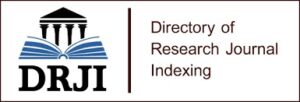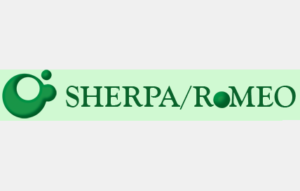Analysis of nutritional value for soya-bean genotypes grown in Lesotho
Soya-bean crop is introduced in Lesotho to widen the spectrum of legumes that have a potential to provide highly nutritious food in particular protein, oil and carbohydrates. Since its introduction into the country a decade ago, determination of nutritional value has not been performed, hence the study is conducted. The objective of study was to distinguish soya-bean genotypes on the basis of nutritive value. The experiment was laid out using Randomized Complete Block Design with 27 treatments (genotypes) and three replications. Compound fertilizer of 2:3:2 (22) was broadcast over main experimental plot at the rate of 250kg ha-1. The dimensions of main experimental plot were 135m long and 10m wide with each sub-plot being 4m and 3.6. Inter-row spacing and intra-row spacing were 0.9m and 0.20m, respectively. The samples of seeds from each plot were taken to the laboratory to analyze protein content, ash, ca, mg and acid detergent fibre. The results revealed significant differences (P>0.05) among 28 soya-bean genotypes for protein content, acid detergent fiber, calcium, magnesium and ash content. The soya-bean cultivars with the highest amount of protein were P48T48R, PAN 1663 and PAN 155R. High ADF content was expressed by PAN 1521R. LS 6868 exhibited the highest value of 0.788mg Calcium. The cultivar with highest magnesium was NA 5509 with 1.306mg. PAN 1663, LCD 5.9, DM5302 RS and NS 6448R revealed higher nutritional values than other genotypes.
Index Terms – Genotypes, Glycine max L. Merill, Lesotho, nutritive value, proximate analysis.




















